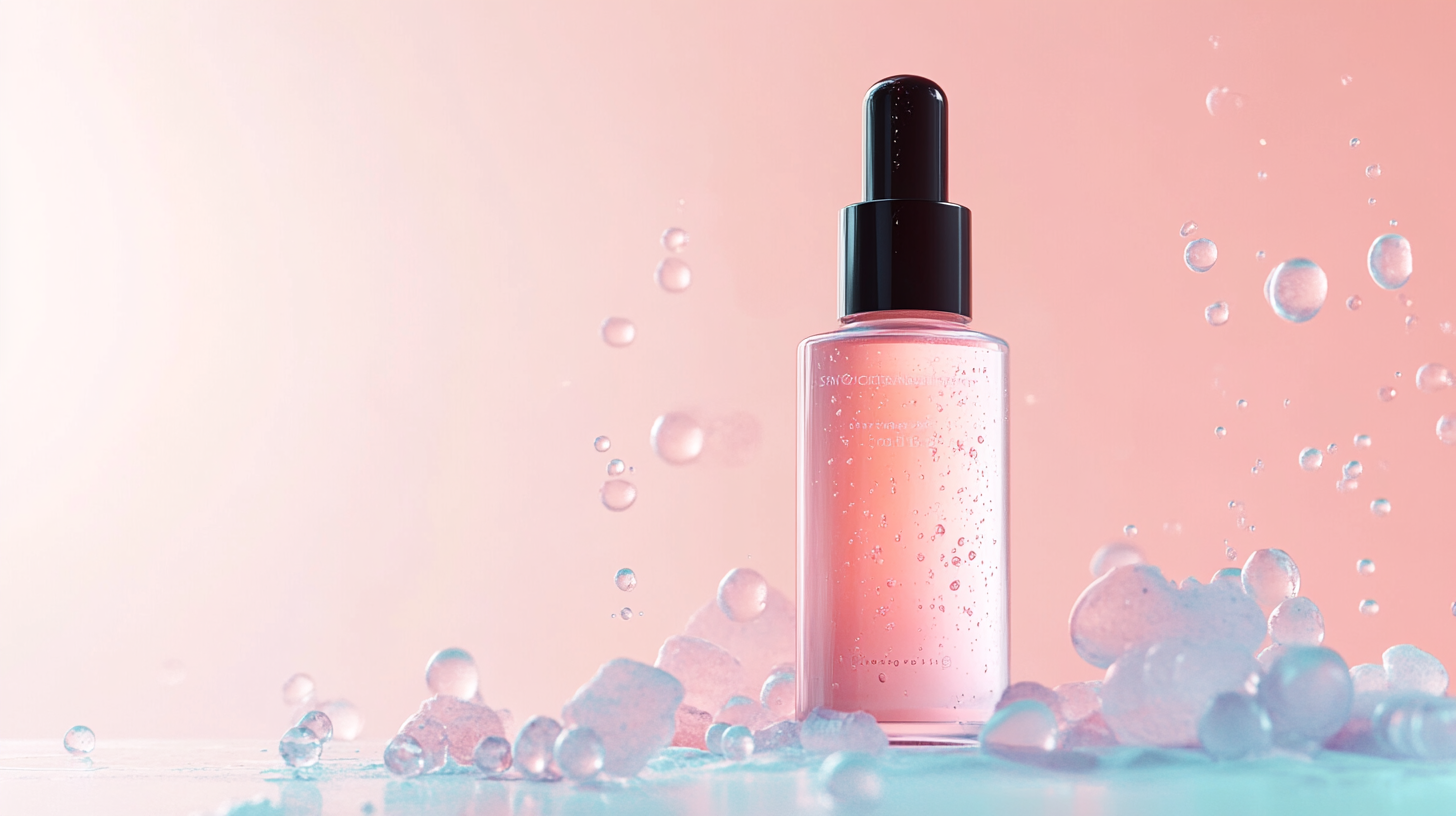
Fade Age Spots Effectively: Top Treatments & Sunscreen Tips

The Ultimate Guide to Age Spot Treatments
Age spots, also known as liver spots or solar lentigines, are common signs of skin aging and sun exposure. While they are usually harmless, many seek ways to reduce their appearance for aesthetic reasons. Thankfully, various effective treatments are available today that can help diminish these dark spots, promote a more even skin tone, and protect against future hyperpigmentation.
Understanding Age Spots
Age spots typically appear on areas of the skin that have been exposed to the sun over time, such as the face, hands, shoulders, and arms. These brown, gray, or black spots develop when melanin, the pigment that gives skin its color, becomes concentrated in certain areas due to exposure to ultraviolet (UV) rays.
Several factors can contribute to age spots, including genetics, hormonal changes, and prolonged sun exposure. Although they are not a serious health concern, many individuals prefer to explore various treatment options to achieve clearer, more youthful-looking skin.
Effective Treatments for Age Spots
Retinoids:
- Retinoids, derived from vitamin A, are one of the most effective ingredients for treating age spots. These compounds work by promoting cell turnover, which helps slough off the layers of damaged skin and encourages new skin cell growth. Regular use can gradually fade dark spots, making them less noticeable. They are available in over-the-counter forms like retinol or through a dermatologist as prescription options.
Vitamin C:
- A powerful antioxidant, vitamin C has been shown to help reduce hyperpigmentation. It inhibits melanin production, which helps brighten skin tone and improve overall skin texture. Look for serums with stabilized vitamin C for maximum effectiveness. Combining vitamin C with other treatments can enhance results.
Tranexamic Acid:
- An emerging star in the skincare world, tranexamic acid is gaining popularity for its ability to target various types of discoloration. This ingredient works by blocking pathways that lead to increased melanin production. It can be found in topical creams and serums, offering another effective way to combat age spots.
- Hydroquinone Alternatives:
- While hydroquinone has long been a go-to treatment for hyperpigmentation, concerns over its safety have led to the development of alternative products. One standout product is the Murad Rapid Age Spot and Pigment Lightening Serum, which uses resorcinol technology combined with glycolic acid and tranexamic acid. This formulation provides effective results without the potential side effects associated with hydroquinone.
Consistent Use and Sun Protection
The effectiveness of these treatments relies heavily on consistent use and adherence to a proper skincare routine. For optimal results, incorporate these products into your daily regimen. To support the fading of age spots, pairing treatments with effective sun protection is crucial. Daily application of broad-spectrum sunscreen with an SPF of 30 or higher can protect against further sun damage and new spot formation. Key points to remember include:
- Reapply sunscreen every two hours, especially when outdoors.
- Choose a sunscreen that offers both UVA and UVB protection for comprehensive coverage.
- Wear protective clothing and seek shade when the sun is strongest.
Advanced Skincare Technologies
In 2024, several advanced technologies are making waves in the skincare industry. Innovations such as microneedle patches and proprietary formulas have emerged as exciting prospects for addressing hyperpigmentation.
Microneedle Patches: These patches are designed to penetrate the upper layers of the skin, delivering powerful ingredients directly where they are needed. Products like Hero Cosmetics Mighty Patch Micropoint can help with fading surface pigmentation effectively.
PATH-3 Technology: Developed by Alastin, this technology offers a targeted approach to treat pigmentation while also protecting the skin from future damage.
Both options represent a new frontier in skincare, combining technology with effective treatments.
In-Office Treatments for Stubborn Spots
For individuals dealing with stubborn age spots that do not respond to topical treatments, professional assistance from a dermatologist may be necessary. Various in-office procedures can significantly enhance the results and offer quicker solutions:
Laser Treatments: These treatments target pigmentation directly without harming surrounding skin. Different types of lasers can be used, depending on the severity of the pigmentation.
Chemical Peels: Applying a chemical solution to the skin helps remove the outer layer, promoting skin renewal. A series of peels may be needed for significant results.
Cryotherapy: This involves applying extreme cold to the age spot, effectively freezing and then eliminating the pigmented cells.
- Electrocautery: A precise method using heat to remove the spot while minimizing damage to the skin’s surface.
Addressing Pain Points
For many, the quest to diminish age spots can be frustrating, leading to confusion about which treatments work best. Here are some common pain points and how to tackle them effectively:
Overwhelming Choices: With so many products available, it can be challenging to know where to start. A helpful tip is to consult with a dermatologist who can evaluate your skin type and recommend personalized treatments.
Finding the Right Routine: Integrating multiple products into a skincare routine may cause irritation or over-drying. Introduce new treatments gradually, and allow your skin to acclimate before increasing usage.
Persistent Dark Spots: If you find that topical treatments aren't working as quickly or effectively as you'd like, it might be time to explore professional treatments that can yield faster results.
Closing Thoughts
Age spots are a common concern, but with the right strategies, they can be effectively managed. Embracing a regimen of proven ingredients like retinoids, vitamin C, and tranexamic acid, in combination with solid sun protection, sets the foundation for successful treatment. When topical options aren’t enough, modern skincare technology and professional treatments can provide effective alternatives.
Consulting with a skincare professional can help you navigate the many choices available, ultimately guiding you toward a successful approach to achieving clear, radiant skin. Remember, consistency is key, and addressing age spots can contribute to a youthful appearance and boost your confidence.
Check out more of our blogs for additional skincare tips and treatments!